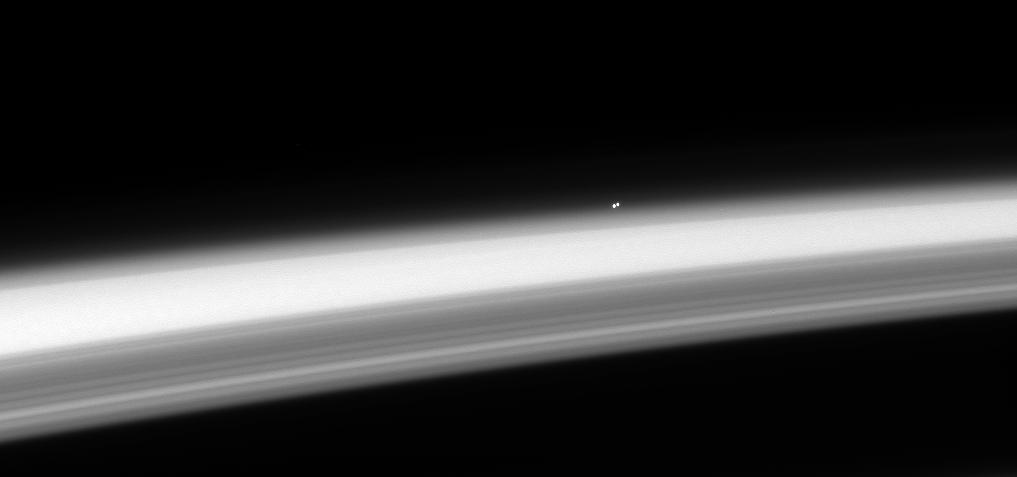The Alpha Centaurian Stars
I’d gotten through several Jack Commer novels before I realized that simply referring to the “seventeen suns of the Alpha Centaurian Empire” wouldn’t hack it for future works if I had no idea which stars the Centaurians had conquered. Although in Book Two Jack’s wife Amav had described the AC Empire as an amoeba-like enemy encircling Sol, my space operas didn’t need much more than Proxima Centauri and Alpha Centauri (and even then not separated into its A and B stars) until I needed a new star system for Book Four, Collapse and Delusion.
It also occurred to me that the Centaurians would naturally have their own names for these stars, and I gave Procyon A a name I’d frequently used in childhood SF stories, Guacoazezama. You can thank 1950’s Grade B science fiction movies for the inspiration of this name and many of the following.
In Book Five, The Wounded Frontier, Jack begins to yearn for new adventures even beyond the Alpha Centaurian Empire, so in preparation for Book Seven, untitled vaporware at this point but at least congealing vaporware, I did some star research to block out the rest of the AC suns.
There are some seventy-two stars within sixteen light-years of Sol. Before its collapse in May 2053, the Alpha Centaurian Empire controlled seventeen of these suns, uniting twenty trillion Alpha Centaurian citizens of a hundred intelligent species in a fascist telepathic Grid in which each citizen was in full contract with every other, yet all rigidly controlled by one (utterly mad) Emperor.
Barnard’s Star had at one time been claimed as an eighteenth star, but the sentient species of the system, the Kloru’dik, had proven resistant to AC occupation, and so in May 2034 the Alpha Centaurians destroyed the star, not only to rid themselves of a recalcitrant species but also to turn Barnard’s Star into Barnard’s Black Hole as a warning to Sol. I’d mentioned this event in Book One but not until Book Five did I name the victim as Barnard’s Star.
Though never fully joined into the telepathic Grid with the Empire, most of the other star systems within sixteen light-years of Sol have fought, skirmished with, traded with, or been controlled by the Empire.
In the below table listing the 17 + 1 suns of the Alpha Centaurian Empire, star and planet names in red are those taken from childhood stories. One, Agoazealo, is actually the name of a thirty-three-mile-high mountain at the center of the sun which my fifth grade space heroes had to climb. (The immortal “Journey to the Center of the Sun.”) Though almost all planet names appear in previous Jack Commer novels, I made up the rest of the star names as research for Jack Commer Seven–figuring the names need a lot of z’s and x’s. Some systems don’t have named planets yet; I can always add more as needed.
| Our Star | Facts | AC Star Name | AC Planets |
| Proxima Centauri | closest at 4.24 light-years, also called Alpha Centauri C; main-sequence red dwarf | Lxser | |
| Alpha Centauri A | 4.37 light-years, main-sequence dwarf, slightly larger than Sol, double with B | Ramazla | Lamura |
| Alpha Centauri B | .37 light-years, main-sequence dwarf, slightly smaller than Sol, 4 | Zelextra | Gnarax (the Torture Planet) |
| Barnard’s Star | 5.9 light-years, main-sequence red dwarf | Agoazealo | Altrouda |
| Wolf 359 | 7.78 light-years, main-sequence red dwarf | Rokklau | Drultar |
| Lalande 21185 | 8.29 light-years, main-sequence red dwarf | Garpannax | Cjathpu |
| Sirius A | 8.58 light-years, main-sequence dwarf | Zorox | Zorax |
| Zorex | |||
| Sirius B | 8.58 light-years, white dwarf | Plarqaxa | Plar |
| Ross 154 | 9.68 light-years, main-sequence red dwarf | Xorrnox | Fkuu |
| Epsilon Eridani | 10.48 light-years, main-sequence dwarf | Zollivemdrel | Cssarr (Planet of the Games) |
| Ross 128 | 11.03 light-years, main-sequence red dwarf | Emorg | Culst |
| Procyon A | 11.4-11.5 light-years; or Alpha Canis Minoris; white-yellow main sequence dwarf, ca. 1.5 Sol’s mass | Guacoazezama | Andertwin (moon: TwinLord) |
| Procyon B | 11.4-11.5 light-years; white dwarf, A& B separated by ca. 14.9 AU or Sol-Uranus distance | Ramaolousiono | |
| 61 Cygni A | 11.41 light-years, main-sequence dwarf | Krullux | Alpha X |
| 61 Cygni B | 11.41 light-years, main-sequence dwarf | Kallung | Tarlplar |
| Epsilon Indi A | 11.81 light-years, main-sequence dwarf | Cralpuxioz | |
| Tau Ceti | 11.91 light-years, main-sequence dwarf | Zagrollex | |
| Groombridge 1618 | 15.85 light-years, main-sequence dwarf | Maroxla |
copyright 2018 by Michael D. Smith


Pingback:Monsterville, USA – Sortmind Blog